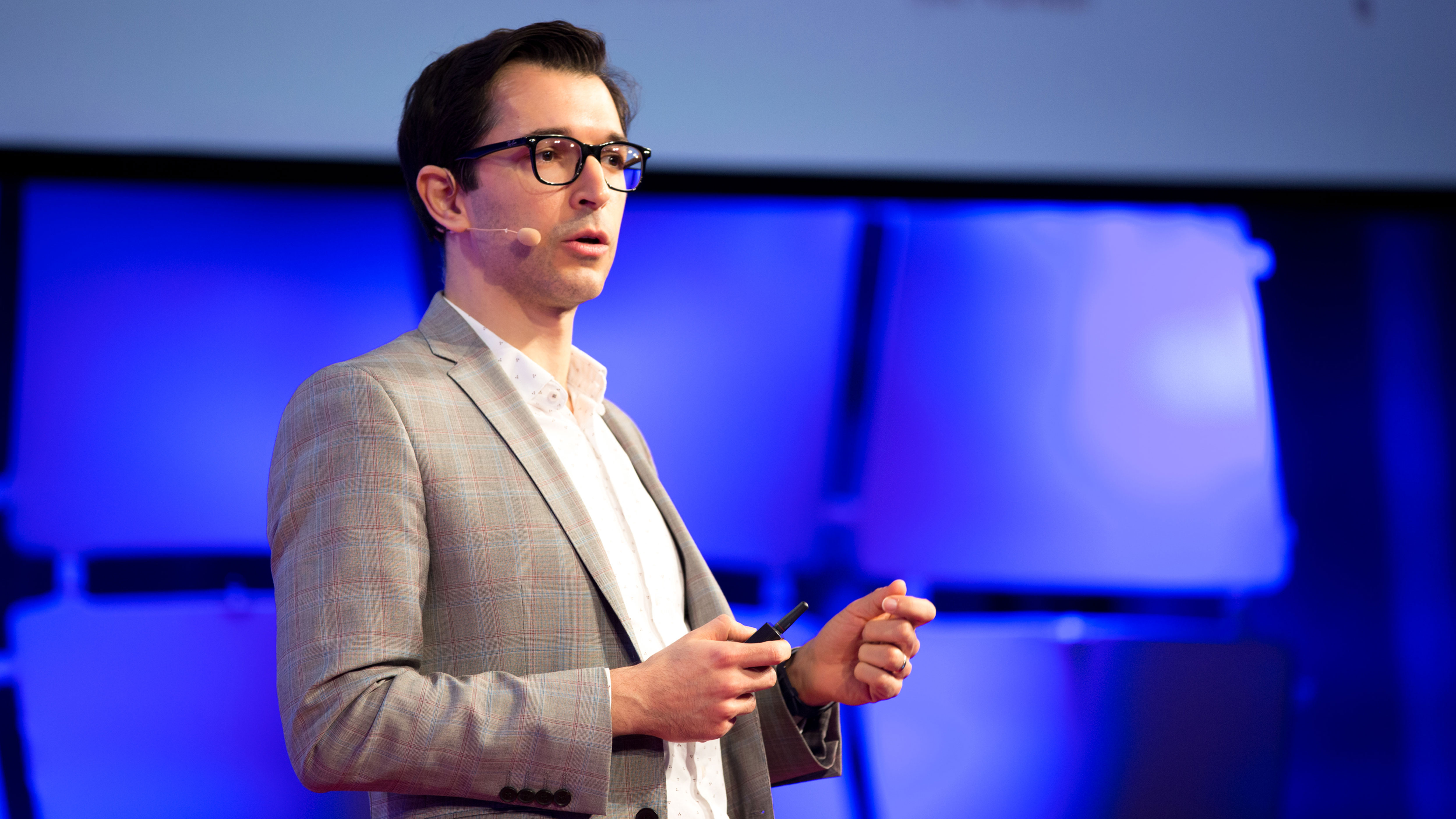Automation Will Make Megacities Grow Way Faster

Robots and artificial intelligence are set to cause massive upheaval in the labor market, and that will naturally have a dramatic impact on where workers choose to live.
We recently described the work of Iyad Rahwan, a researcher at MIT’s Media Lab who claims that smaller cities will feel the greatest impact of automation. His study concludes that larger cities have a disproportionate number of jobs that require cognitive and analytical tasks, while smaller cities have a disproportionate amount of routine clerical work. That means the latter suffer more from the arrival of machines in the workplace.
Speaking at MIT Technology Review’s EmTech conference in Cambridge, Massachusetts, on Wednesday, Rahwan explained how that will spur the growth of megacities. “Urbanization is already taking place,” he explained. “AI is not going to slow this down. In fact, it’s probably going to accelerate it, because more work in smaller cities is going to be automated away, and so to survive you need to go to bigger cities.”
The question is, then, what does that mean for the smaller towns as workers relocate? “We could give up completely on smaller cities and just all move to megacities,” Rahwan said, “but it’s not clear that this transition would be smooth.” He’s right: housing stock, infrastructure, and job markets themselves aren’t renowned for responding well to large, rapid population increases.
Instead, he suggested, policy makers may need to reboot their thinking about how we make use of smaller population centers, perhaps by investing in new industrial clusters to provide work opportunities that are commutable from automation-ravaged areas.
Keep Reading
Most Popular
Large language models can do jaw-dropping things. But nobody knows exactly why.
And that's a problem. Figuring it out is one of the biggest scientific puzzles of our time and a crucial step towards controlling more powerful future models.
The problem with plug-in hybrids? Their drivers.
Plug-in hybrids are often sold as a transition to EVs, but new data from Europe shows we’re still underestimating the emissions they produce.
Google DeepMind’s new generative model makes Super Mario–like games from scratch
Genie learns how to control games by watching hours and hours of video. It could help train next-gen robots too.
How scientists traced a mysterious covid case back to six toilets
When wastewater surveillance turns into a hunt for a single infected individual, the ethics get tricky.
Stay connected
Get the latest updates from
MIT Technology Review
Discover special offers, top stories, upcoming events, and more.